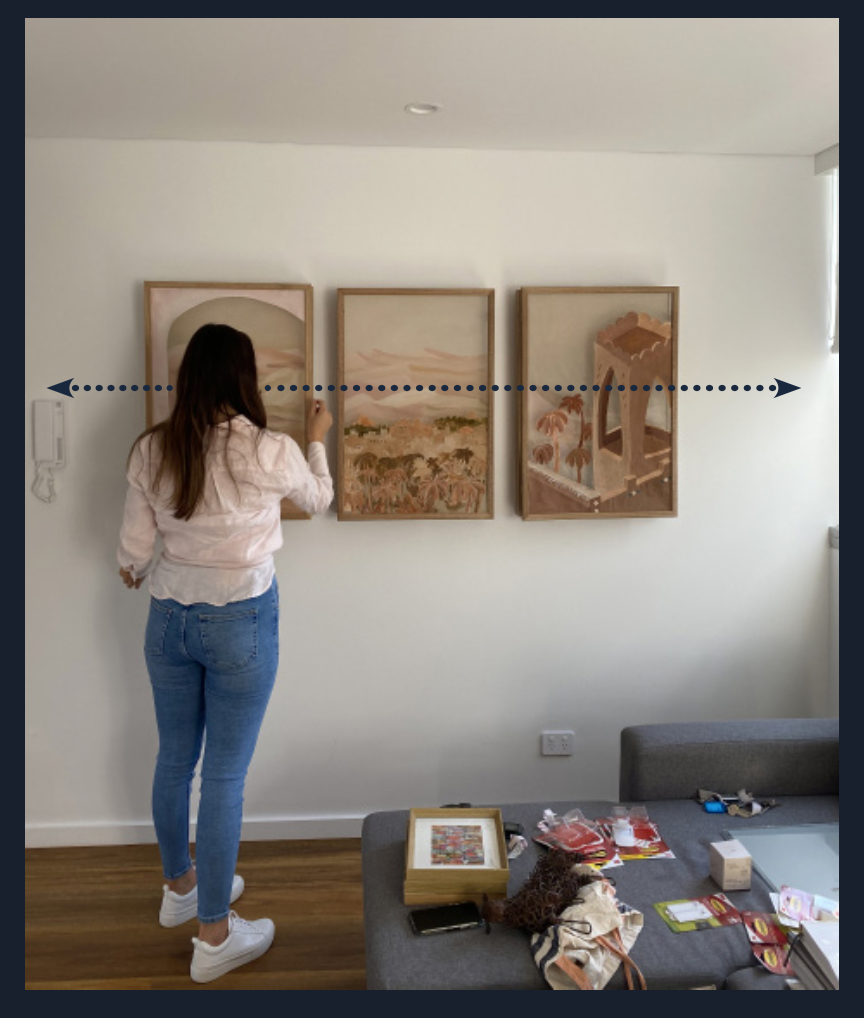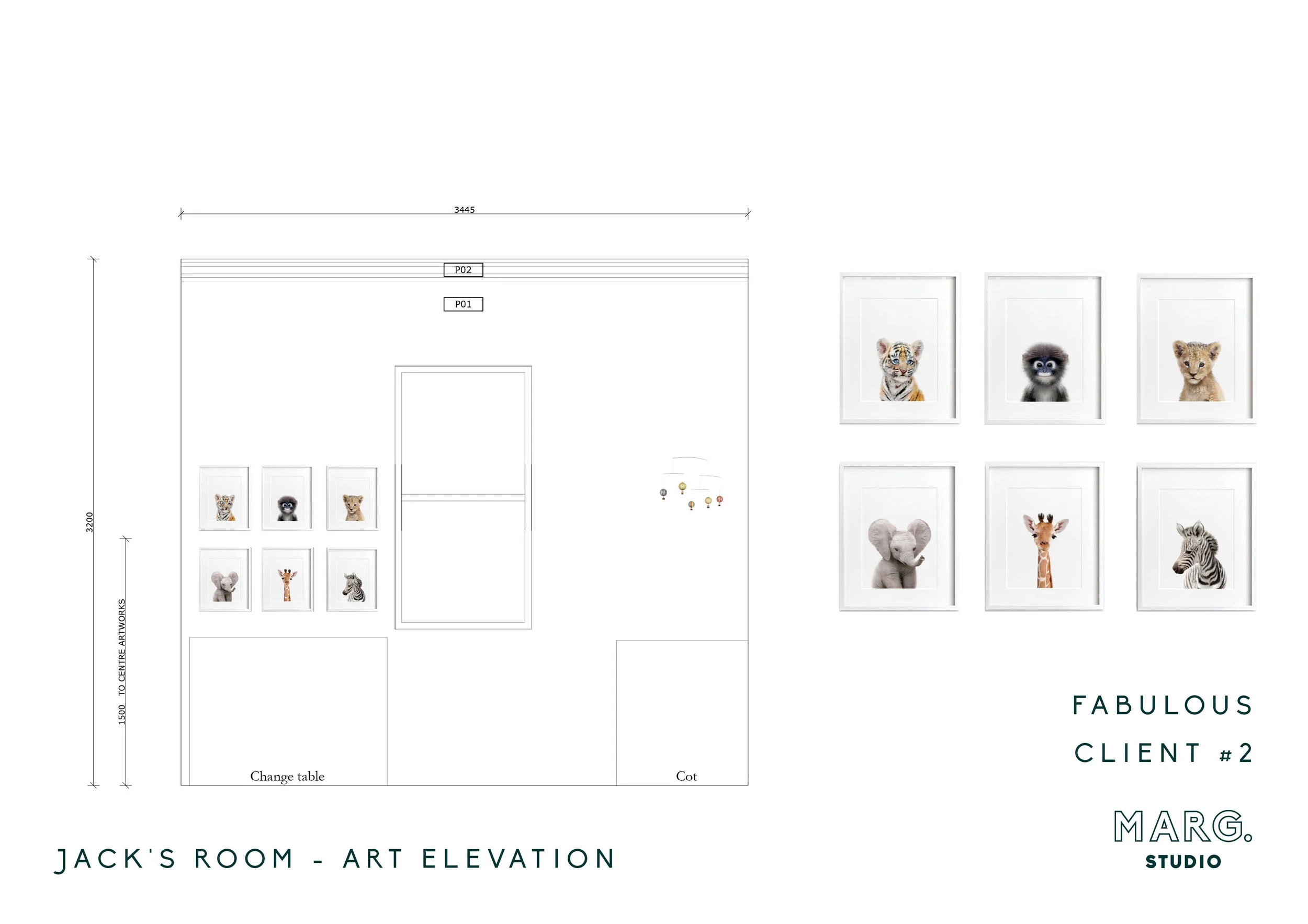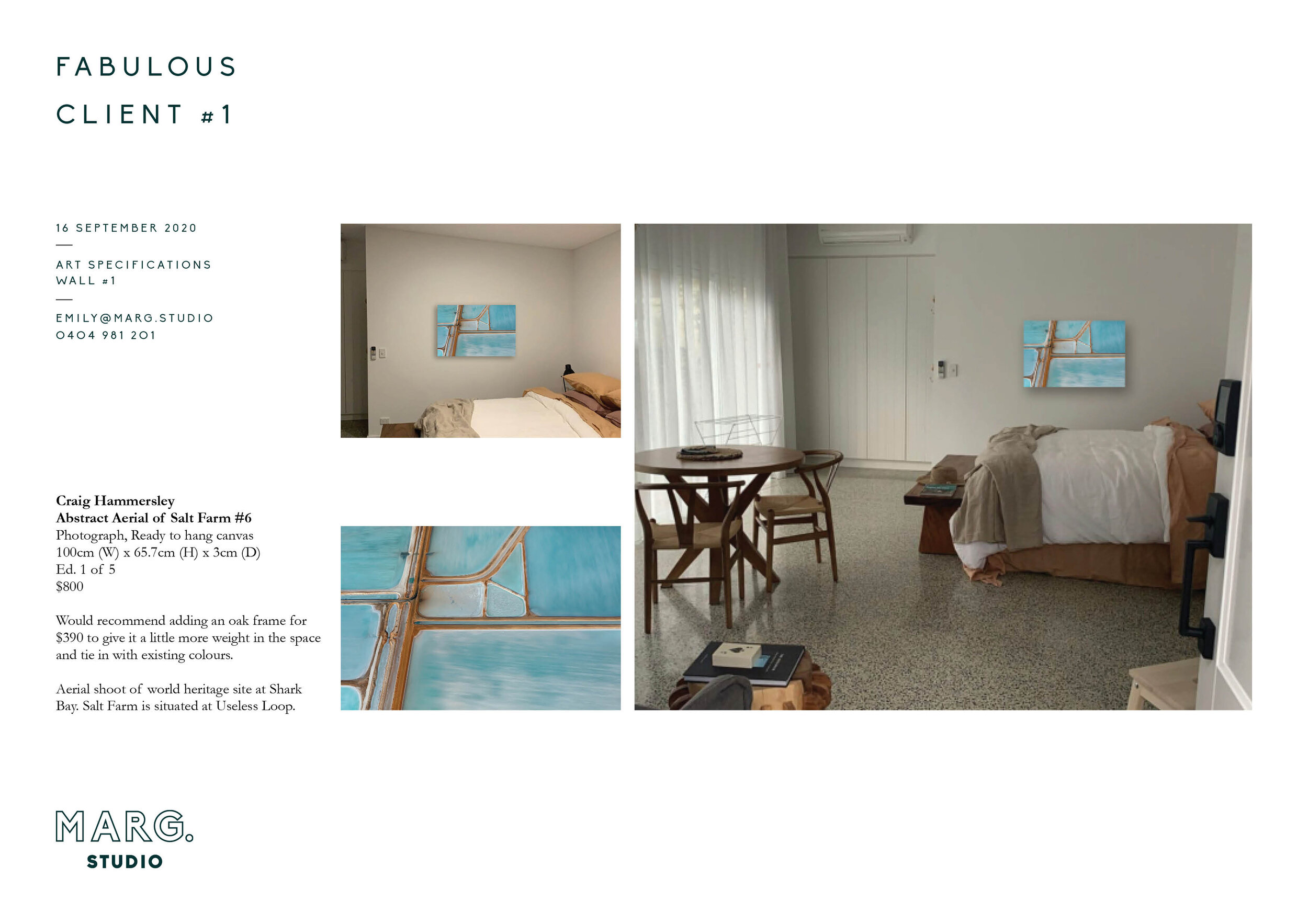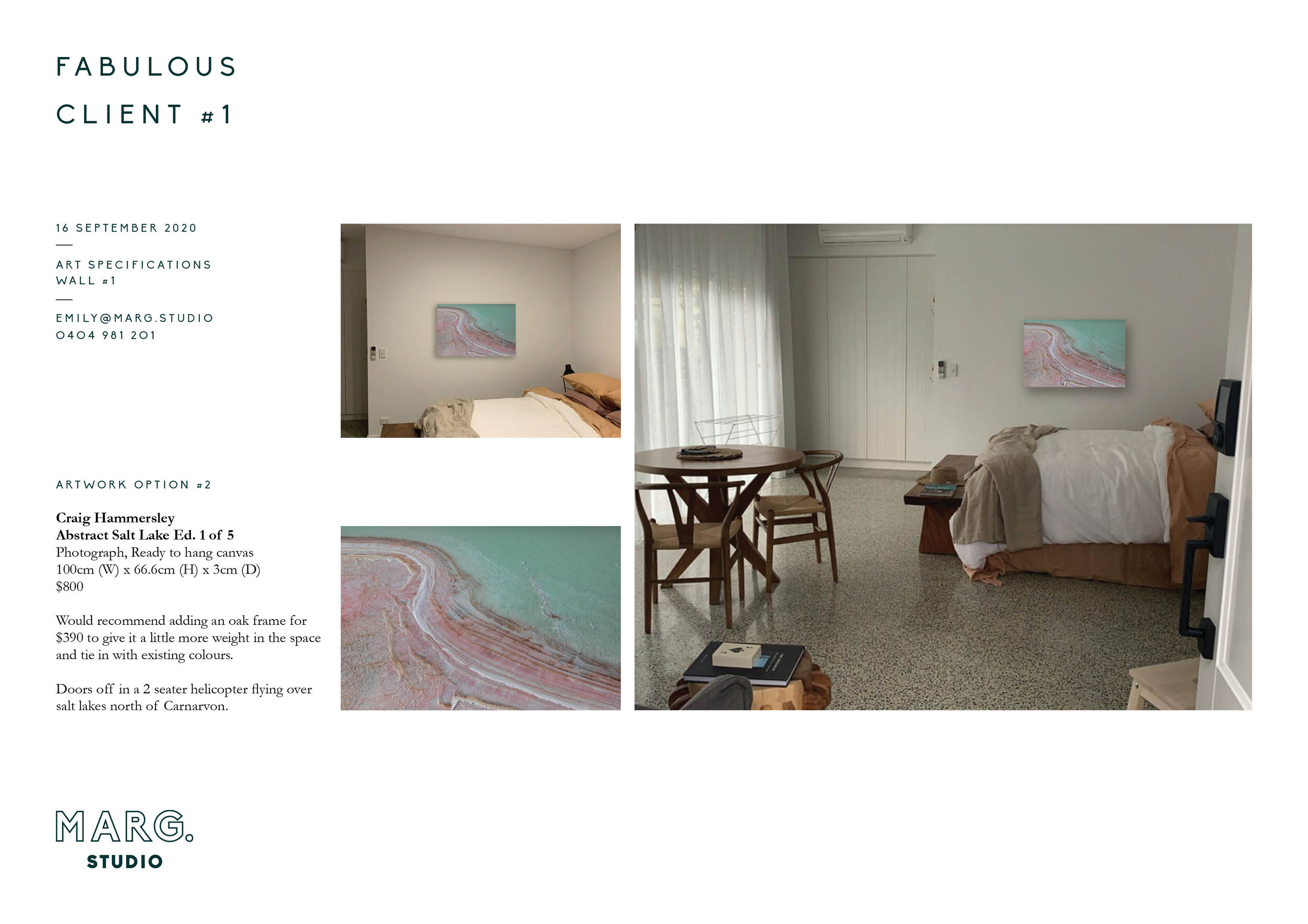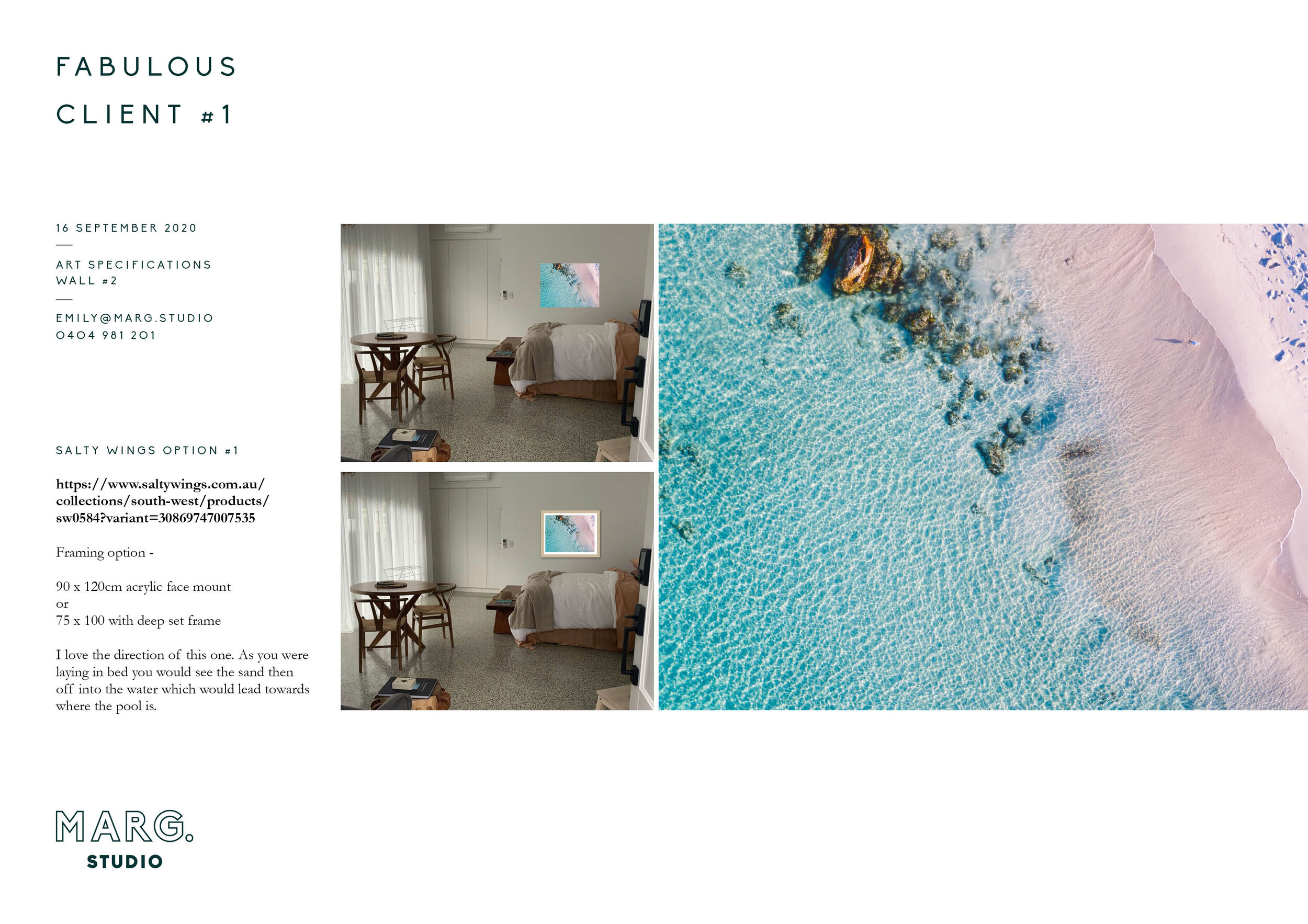ART | The right sized art for your walls
THE RIGHT SIZE ART
When it comes to buying art for your home it pays to know what spaces you have available for purchases or even existing artworks. I get asked a lot about how to start an art collection and even where to buy art.
I believe there is a bit of prep work that needs to happen before digging into this.
The good news is, if you are still at home and have a tape measure you will be able to start measuring your spaces to create a bit of an art shopping list if you will.
Making affordable art purchases starts with buying once and buying well so let’s make a plan to get you started.
1 | Measure
Choosing art that is the right size requires some hands on measurements and experience in the space.
Grab your tape measure and measure the width of your wall. It helps to run the tape measure along the floor so the measurement isn’t wobbly. Then do the same for the ceiling (you might need some assistance or a laser measurer if you have a high ceiling).
Write both those numbers down in preparation for the next step.
2 | Sketch
Without getting too much into drawing to scale we will use the proportion of 2cm=1m to get a good sized sketch of your space happening. So for every two centimetres you have on your ruler/page equals one metre in real life. Or every centimetre is half a metre.
Draw a square/rectangle that represents your wall and include any powerpoints, furniture, skirting boards, fire places etc that might get in the way of art.
Drawing in a dashed line at 1.5m from the floor (or 3cm at scale on your page) which represents eye height and where we will be hanging the centre of our artworks.
3 | Size
Your artwork should have enough room to “breath” on a wall and not fight with the shape of the space.
For example a horizontal wall (wider than it is tall) needs a horizontal (landscape) artwork and vice versa, vertical walls (taller than it is wide) need vertical works. You have can a number of artworks together to give the appearance of a horizontal or vertical shape.
The size of your artwork should not appear squished or dwarfed on a wall.
I would recommend drawing the maximum and minimum size that would fit on your wall. Draw the shapes in then you will be able to measure (using 2cm on the page equals 1m in real life) the maximum and minimum sizes from your sketch. Write this down on the page so when you are looking for artworks you will now know a range of the sizes you are looking for.
This can be especially useful when buying art online that you may not have seen in person.
An example of this process was used when I commissioned an artwork from Erin Morgan.
You can find more tips and tricks for buying and hanging timeless art here.
See below a sample of spaces and art elevations I have done with clients to make sure they find the perfect piece of art for their space. The more the space is understood from the beginning the better the outcome for purchasing art.

